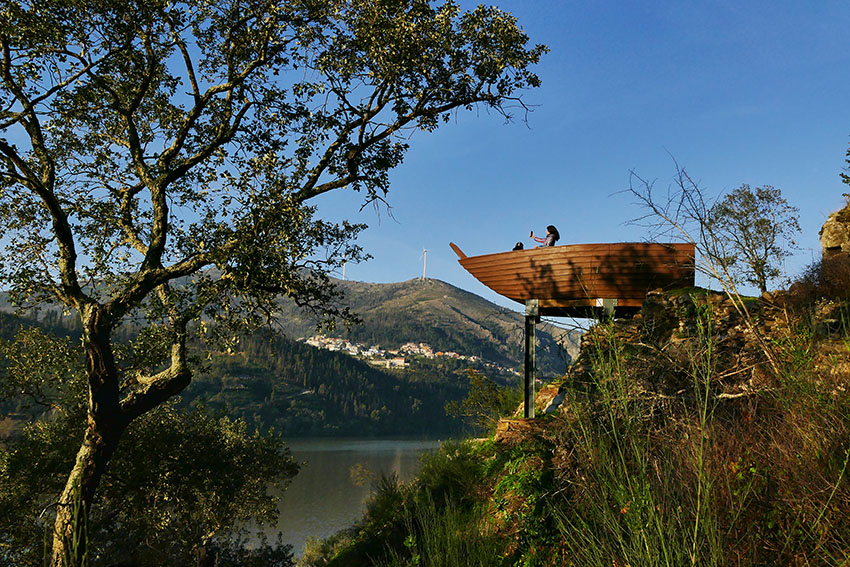The CityWalk project is helping 10 cities in the Danube region to reduce emissions, noise and street congestion through a range of measures that promote more sustainable forms of mobility. The emphasis is on improving conditions for pedestrians to make cities more liveable, safer and healthier places.
- 29 August 2018
The CityWalk project is helping to unlock the positive effects of walking in urban areas and so create more liveable cities.
The project brings together 17 partners from nine countries – Austria, Bulgaria, Croatia, Czech Republic, Hungary, Romania, Serbia, Slovakia and Slovenia. Municipalities, development agencies, research organisations and chambers of commerce from across the Danube region are sharing common practices and methodologies to help cities develop efficient, people-friendly urban transport systems that prioritise walking over motorised transport.
Pilot actions
Partner cities are running small-scale pilot actions to improve walkability. To help them bring their plans to fruition, the project team developed a ‘walkability toolkit’. The toolkit is being test-driven and fine-tuned through the pilots and includes a specially designed walkability index which can be used to measure how pedestrian-friendly different urban neighbourhoods are. Online resources allow the cities to share good practice and solve common problems.
Upon completion of the pilot actions and delivery of walkability plans, the cities develop concrete policy proposals to make changes tailored to their needs and environment. Although the emphasis is on walking, the project addresses issues through a holistic approach to improve urban mobility by efficiently combining various means of transport – both public and private.
Delivering change
Changes that encourage and promote walking could include investment in infrastructure, for example by changing street designs to prioritise the pedestrian over the car. Meanwhile ‘soft’ interventions have been examined to encourage people to leave the car at home, such as awareness-raising schemes that promote walking and its health benefits. In addition, policy interventions and changes to local regulations could be used to bring about new speed limits, alter parking laws, promote pedestrian-friendly road designs or improve public transport.
The cities taking part in the project are:
Kamnik and Ptuj in SloveniaNyíregyháza, HungaryOradea, RomaniaStribro, Czech RepublicValjevo, SerbiaVarazdin, CroatiaVarna, BulgariaWeiz, AustriaZilina, SlovakiaBeneficiaries
My entire family gets to work and school on foot, and we are very pleased that the CityWalk project has set up LED signage at pedestrian crossings, as it is evident that vehicle speed has decreased and we, as pedestrians, feel much safer. We hope this CityWalk action will encourage all responsible policymakers to apply such or similar activities, and promote the importance of walking and pedestrians’ safety in traffic.”
Marina Radosavljević, resident of Vrazova Street, in the Varaždin city centre (Croatia)
“Before the CityWalk project, I had constant problems due to the incorrect construction of the sidewalks, the car parking lots and the bad layout of the whole market. Cars park directly in front of my store’s entrance, blocking the space intended for pedestrians and my customers. With CityWalk, our city solved these problems. They corrected the sidewalk, banned the parking lots and promoted walking. Now my customers have no problem walking safely, have normal access to shops and are separate from cars.”
Ljudmila Grabar, shop owner in the centre of Ptuj (Slovenia)
Total investment and EU funding
Total investment for the project “CityWalk - Towards energy responsible places: establishing walkable cities in the Danube Region” is EUR 2 229 590, with the EU’s European Regional Development Fund and Instrument for Pre-Accession Assistance contributing EUR 1 895 151 through the “Danube Transnational” Operational Programme for the 2014-2020 programming period.

